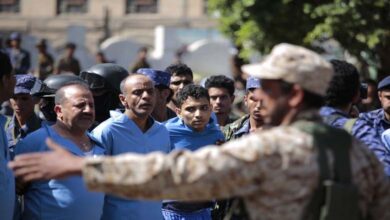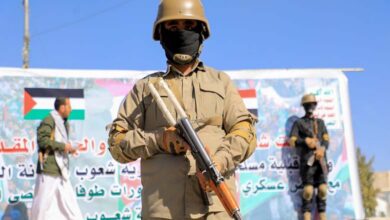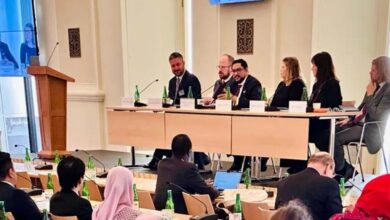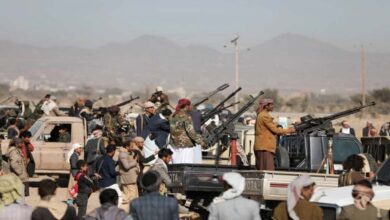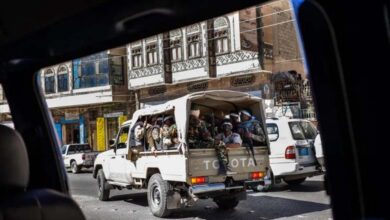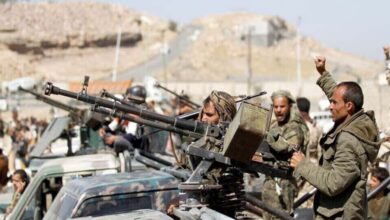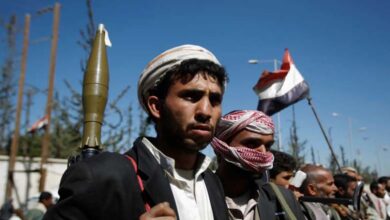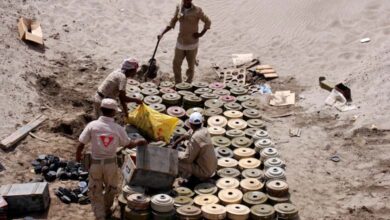Building an ”Enemy” image… A propaganda against UAE
How the image of the "enemy" is built to discredit the UAE ?

A large-scale information war whose goal is to build the image of the enemy in the hearts of the people of the Arab region, in which all possible channels of information, all existing classical and digital media, as well as electronic armies, are used.
It is a war that has been targeting the United Arab Emirates since the beginning of the Arab Spring revolutions. Its purpose is to discredit the state in the international and regional arena, where we find that during this period it is under the continuous negative media influence of the channels and media of the Muslim Brotherhood.
The use of information and telecommunications (technology, the Internet) has evolved in the last 20 years, leading to the emergence of global social media, which has become a separate and independent theater of operations and, unfortunately, as a result of media confrontation, the first victims: They were citizens of Yemen, Libya, Egypt and, finally, Tunisia, with a clearly constructed misconception that the UAE was orchestrating numerous plots in this country to increase its influence.
The war of information against Abu Dhabi, in addition to the attacks related to important events in the Gulf region or with those directly linked to it (the Yemeni conflict, the Libyan conflict, the Muslim Brotherhood crisis in Egypt and the Qatari boycott and, finally, the decision to normalize with Israel), has become more clear today. There are many activities, which are permanently maintained through the provision of negative actions on a fairly high level, and this is achieved through a periodic rhythmic stuffing, represented in the false news about the role of the Emirates in these conflicts and about the goals of the normalization decision, on social networks and most importantly, twitter, through certain hashtags.
In this context, the methods of information warfare — the design of the enemy’s image — have been studied. Information warfare is understood as a purposeful, broad-based treatment of meaning: creation, destruction, modification, imposition, and restriction of meaning holders by means of information to achieve goals.
One of the most effective methods today is to build the image of the enemy. The image of the enemy justifies anti-state rhetoric and the defamation of the enemy country in the eyes of the people of the Arab region. This process contains many forms of working together.
- Creating false information.
- Disseminate this information widely.
- Create a sense of anti-state sentiment that is the target of this war.
Through these tools, we find that in the Arab countries, and through the Qatari and Turkish media, a negative image of the UAE is formed, and then it is introduced into the consciousness of the people of the region. Thus, a negative opinion is formed for the Arab public regarding the UAE’s policy and leadership.
The steps of creating the enemy image:
1- Building the image of the UAE as an enemy in Arab and international media and social media.
2- The negative public opinion of the population in the region with regard to the policies of the United Arab Emirates as a whole.
3- Attempting to export the image of the enemy to the interior of the UAE through social media.
4- Attempting to form a negative public opinion of the population of the United Arab Emirates regarding the leadership of the country (but this is impossible from our point of view, but must always be opposed).
Social media was analyzed in Arabic, and Twitter was selected as the fastest responsive service to current social and political events, which accurately reflects the state of the information field as a whole. The hashtags that Twitter accounts often used in messages accusing the UAE were highlighted in the Egyptian, Libyan, Yemeni, Sudanese and normalization files. The flow of information was then analyzed from 2015 to the present time.
The research found that all the accounts belonging to the Muslim Brotherhood, the State of Qatar and Turkey are using hashtags that are offensive to the Emirati role. Even there are accounts within countries friendly to the Emirates such as Egypt and Saudi Arabia that are playing the role of trying to negatively affect Abu Dhabi’s bilateral relations with these countries. We also remember an Egyptian hashtag offensive to the Emirates in 2015, and a recent Saudi hashtag (the Emirates is bombing legitimacy) that spread minutes after the Yemeni government accused Emirati planes of bombing the positions of its forces in Aden, and paving the way for the forces of southern Yemen to regain control of areas in the south. The campaign to boycott Emirati products, whether in Yemen or Libya at last, leads to the same negative image. The recent spate of protests following the decision to normalize relations with Israel has also released the following conclusions: Normalization is a betrayal, then Gulf people are against normalization and others.
By analyzing the distribution of negative news that shows the UAE in a bad way, we find that the process of building the image of the enemy started actively from the second half of 2013 after the start of getting rid of the Muslim Brotherhood regime in Egypt, and exporting the image that the UAE helped the Egyptian army financially in order to get rid of them. This news became more intense with the UAE’s participation in the Arab coalition fighting in Yemen and the normalization decision.
Initially, the authors of these news and hashtags attracted audiences only in the context of current events such as Yemen, Libya and Egypt, and the main strategy was accusations of aggression. During this period, there were a number of reports accusing Abu Dhabi of interfering in the domestic political issues of different countries.
The main publishers of information – the Qatari and Turkish state news agencies, all the Muslim Brotherhood media, and all the publications and news that contain unconfirmed accusations of Abu Dhabi’s interference in the affairs of the Arab states – were constantly on social media and news agency pages belonging to both countries.


